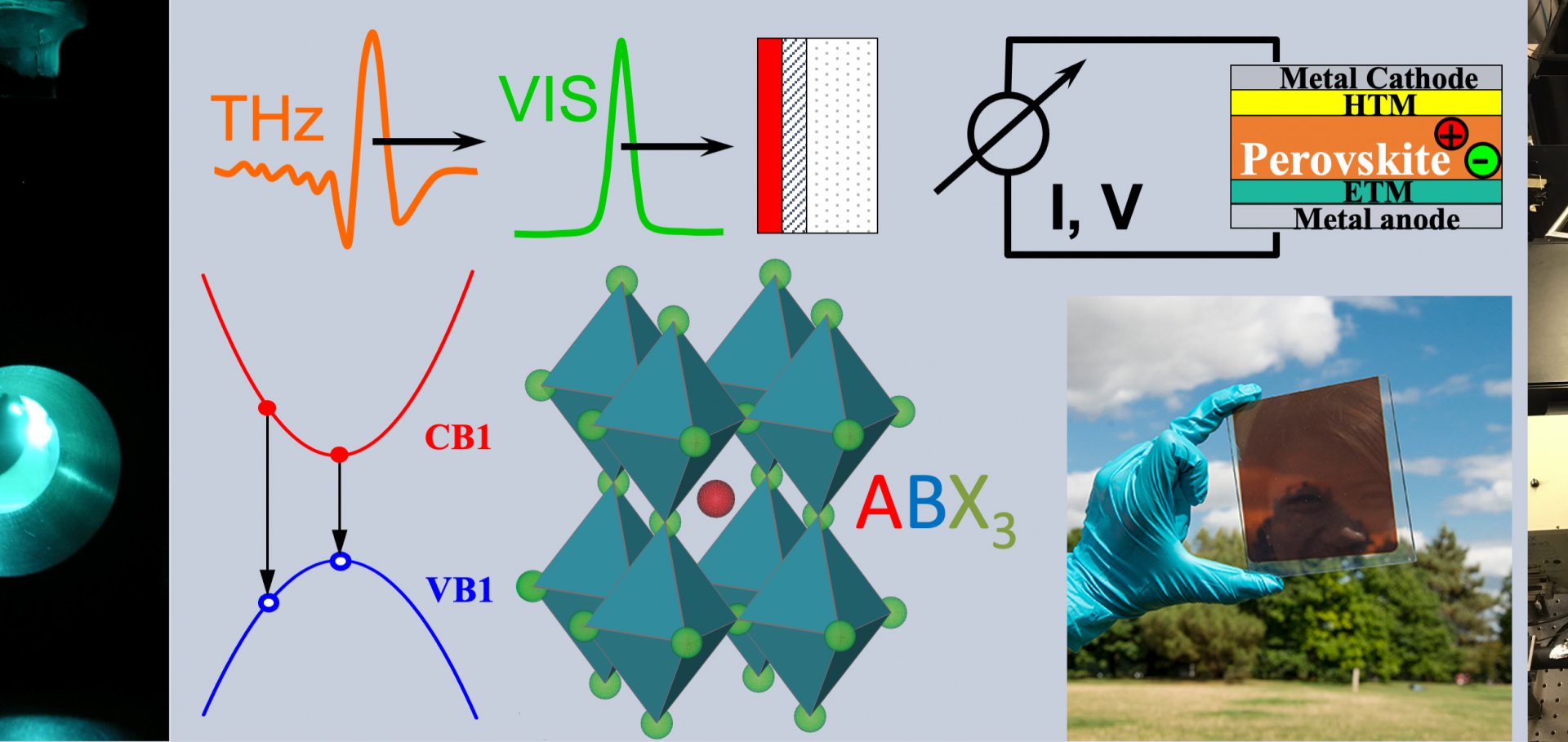Synthesis of five‐porphyrin nanorings by using ferrocene and corannulene templates
Angewandte Chemie John Wiley and Sons, Ltd. 128:29 (2016) 8498-8502
Abstract:
The smallest and most strained member of a family of π‐conjugated cyclic porphyrin oligomers was synthesized by using pentapyridyl templates based on ferrocene and corannulene. Both templates are effective for directing the synthesis of the butadiyne‐linked cyclic pentamer, despite the fact that the radii of their N5 donor sets are too small by 0.5 Å and 0.9 Å, respectively (from DFT calculations). The five‐porphyrin nanoring exhibits a structured absorption spectrum and its fluorescence extends to 1200 nm, reflecting strong π conjugation and Herzberg–Teller vibronic coupling.Size-independent energy transfer in biomimetic nanoring complexes
ACS Nano American Chemical Society 10:6 (2016) 5933-5940
Abstract:
Supramolecular antenna-ring complexes are of great interest due to their presence in natural light-harvesting complexes. While such systems are known to provide benefits through robust and efficient energy funneling, the relation-ship between molecular structure, strain (governed by nuclear co-ordinates and motion) and energy dynamics (arising from electronic behavior) is highly complex. We present a synthetic antenna-nanoring system based on a series of conjugated porphyrin chromophores ideally suited to explore such effects. By systematically varying the size of the acceptor nanoring, we reveal the interplay between antenna-nanoring binding, local strain and energy dynamics on the picosecond timescale. Binding of the antenna unit creates a local strain in the nanoring, and this strain was measured as a function of the size of the nanoring, by UV-vis-NIR titration, providing information on the conformational flexibility of the system. Strikingly, the energy transfer rate is independent of nanoring size, indicating the existence of strain-localized acceptor states, spread over about six porphyrin units, arising from the non-covalent antenna-nanoring association.Electron–phonon coupling in hybrid lead halide perovskites
Nature Communications Nature Publishing Group: Nature Communications 7 (2016)
Abstract:
Phonon scattering limits charge-carrier mobilities and governs emission line broadening in hybrid metal halide perovskites. Establishing how charge carriers interact with phonons in these materials is therefore essential for the development of high-efficiency perovskite photovoltaics and low-cost lasers. Here we investigate the temperature dependence of emission line broadening in the four commonly studied formamidinium and methylammonium perovskites, HC(NH2)2PbI3, HC(NH2)2PbBr3,CH3NH3PbI3 and CH3NH3PbBr3, and discover that scattering from longitudinal optical phonons via the Fröhlich interaction is the dominant source of electron–phonon coupling near room temperature, with scattering off acoustic phonons negligible. We determine energies for the interacting longitudinal optical phonon modes to be 11.5 and 15.3 meV, and Fro¨hlich coupling constants ofB40 and 60 meV for the lead iodide and bromide perovskites, respectively. Our findings correlate well with first-principles calculations based on many-body perturbation theory, which underlines the suitability of an electronic band-structure picture for describing charge carriers in hybrid perovskites.Effect of structural phase transition on charge-carrier lifetimes and defects in CH3NH3SnI3 perovskite
Journal of Physical Chemistry Letters American Chemical Society 7:7 (2016) 1321-1326
Abstract:
Methylammonium tin triiodide (MASnI3) has been successfully employed in lead-free perovskite solar cells, but overall power-conversion efficiencies are still significantly lower than for lead-based perovskites. Here we present photoluminescence (PL) spectra and time-resolved PL from 8 to 295 K and find a marked improvement in carrier lifetime and a substantial reduction in PL line width below ∼110 K, indicating that the cause of the hindered performance is activated at the orthorhombic to tetragonal phase transition. Our measurements therefore suggest that targeted structural change may be capable of tailoring the relative energy level alignment of defects (e.g., tin vacancies) to reduce the background dopant density and improve charge extraction. In addition, we observe for the first time an above-gap emission feature that may arise from higher-lying interband transitions, raising the prospect of excess energy harvesting.Increased Photoconductivity Lifetime in GaAs Nanowires by Controlled n-Type and p-Type Doping.
ACS Nano American Chemical Society 10:4 (2016) 4219-4227


